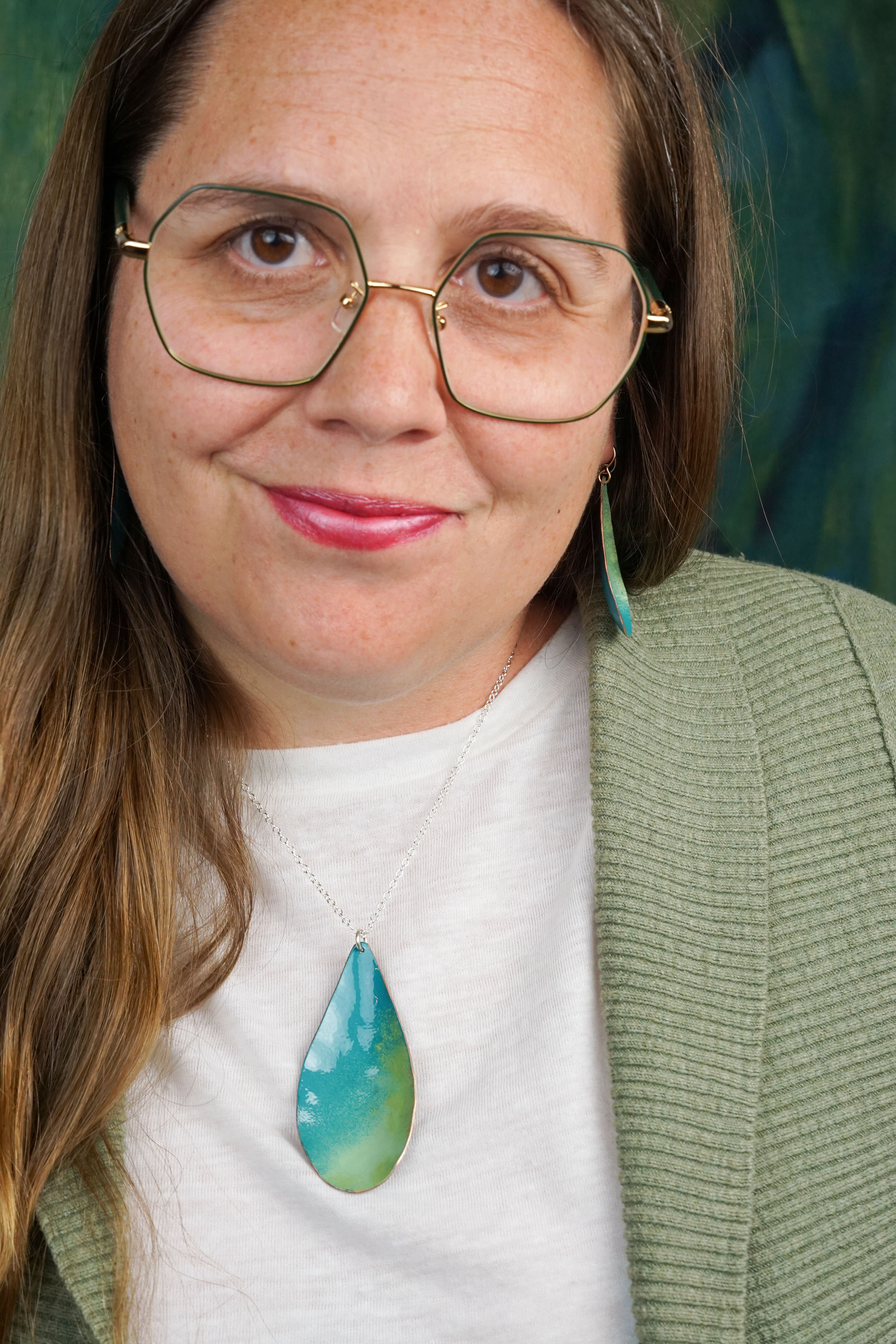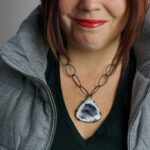 This morning, I was reading an opinion piece by filmmaker and author Justine Bateman about how AI will kill the film industry. It’s actually the second piece on the problems of AI that I’ve read this week. (That other piece is an incredible article comparing AI to the consulting firm McKinsey and taking both to task for the ways they accelerate the worst parts of capitalism. It’s a must-read.) But back to Bateman’s article.
This morning, I was reading an opinion piece by filmmaker and author Justine Bateman about how AI will kill the film industry. It’s actually the second piece on the problems of AI that I’ve read this week. (That other piece is an incredible article comparing AI to the consulting firm McKinsey and taking both to task for the ways they accelerate the worst parts of capitalism. It’s a must-read.) But back to Bateman’s article.
There were a few things that struck me about the piece, not least of which is her reframing of AI as “Automatic Imitation” which is about as spot on as you can get. But the part that really hit me is her assertion that audiences are already primed to accept AI because, thanks to Instagram and TikTok filters, “people are now more accustomed to seeing artificial faces than they are fully natural human faces.”
I’ve written here before about the problem with filters and the way your face doesn’t need Facetune. It’s why I’m so passionate about posting images of myself with little to no makeup and even less editing. It’s why one of my core strategies for helping students address their “flaws” in my class Market Your Selfie is to simply “not give a f*ck.”
I’ll admit that I don’t agree with everything in the article. Bateman also argues that people will pay to see themselves inserted in movies because social media and the rise of selfies and confessional videos have amped up our narcissistic tendencies.
But I think this is too simplistic a reading of selfie culture, particularly when you apply it to marginalized groups. Self-portraits have been a key part of human expression from the moment we discovered our reflections, if not longer. I once read an interesting theory that the proportions of the Venus of Willendorf are actually because the sculptor was looking down at herself and carving what she saw, making it, in effect, one of the earliest recorded self-portraits.
When we read selfies as vapid and shallow, not only are we drawing on patriarchal tropes that criticize women for their interest in the “superficial,” but we invalidate a crucial form of communication. As Nathan Jurgenson argues in The Social Photo, so much of our communication with other human beings is non-verbal. The selfie lets us bring that communication into the digital world.
I’d also argue that we’re in a world awash with selfies because suddenly we all have the tools to construct our own images. For centuries, you had to be skilled with a paintbrush to affix your own image forever. Even the earliest days of photography required considerable expense, time, and skill to create your own image. Now, we can just point and click. That’s actually a really powerful thing.
Selfies provide a tool for all of us to interrogate ourselves, to become comfortable in our skin, and to decide for ourselves what face we want to present to the world.
But with power comes great responsibility, and that’s what Bateman’s article argues so well. Every time we post a selfie or a video that’s been heavily filtered or edited, we contribute to the growing problem of not understanding what faces actually look like. We contribute to the growing number of young people (and not-so-young people) who feel deeply insecure about the way they look, to the point where they feel the need to get plastic surgery to make their face match a filter. And we pave the way for a world where we accept AI over real art without complaint.
But selfies also give us the power to change that. I’ve been arguing for years now that we need a face positivity revolution, one that mirrors the fat liberation and body neutrality movements that have become so important lately. Because there’s still a disconnect between the comfort many people are learning to experience with their bodies and the way they feel about her faces. I once even unfollowed a plus-sized influencer after she shared her visit to the doctor to get Botox. Who decided that it’s ok to have fat but it’s not ok to have wrinkles?
Before I started taking self-portraits, I hated photos of myself, and tried desperately to avoid them. But now I love seeing the way my face changes as I get older. I love documenting every aspect of myself and I love that I can show that, unfiltered, to the world.
Unfortunately, every time I see mention of AI out in the world, I find myself veering drastically towards depression and despair. I don’t want to live in a world where a handful of people get rich because they trained a computer to make “art” while the artists whose work forms the foundation of the technology aren’t paid. (And I’m referring to both writing and visual art here.)
But Bateman’s article reminded me that there are many forms of resistance to AI. I’m so grateful that Bateman, as a member of the Writer’s Guild, is able to strike, to take this fight directly to the studio execs. As a self-employed artist, I don’t have that ability. But I can resist by continuing to publish images of my real, unfiltered face, and encouraging others to do the same.
To me, the real world is infinitely more intricate and fascinating than AI will ever be, and I think we should celebrate that, one unfiltered selfie at a time.
PS. I should probably also mention that the necklace and earrings I’m wearing are part of my new Chroma collection. Made by me, a real human, not a computer.



Leave a Reply